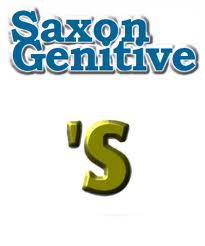I don’t really think I have ever studied lists of verbs followed by infinitive and/or gerund but I really don’t think I should be telling this to my students.
I always claim that English grammar is easy, especially when compared to the Spanish grammar, but it gets a bit messy when it comes to verbs followed by infinitive or gerund.
to the Spanish grammar, but it gets a bit messy when it comes to verbs followed by infinitive or gerund.
You see, the easy thing to say is that some verbs are followed by infinitive (promise to go) and some verbs are followed by gerund (can’t stand ironing). But then we find that, some other verbs are followed by infinitive or gerund with no change of meaning (start to study/start studying)and some others are followed by infinitive and gerund with a change of meaning (stop to smoke/stop smoking) and if this were not enough, some verbs are followed by infinitive with to (offer to help) and some others by infinitive without to ( make me study). Some verbs are followed by gerund but if there is an object pronoun in between the verb and the gerund, then the gerund becomes infinitive (recommended reading / recommended her to read) … amazing, isn’t it?
Now, you can begin to understand why I have never studied lists of verbs but relied on my intuition when trying to decide on the right structure.
I hope these exercises will help my students.You are welcome to do them.
 sites which, at some poin, find interesting and then I get bored and unsubscribe. When I decide to unsubscribe from a mailing list, it is because I’ve been for some time too bored to read the same kind of stuff all over again. I was about to do likewise with Vaughan when I decided to give him a last chance. I opened the email and Voîla! a great tip about Saxon Genitive for my students.
sites which, at some poin, find interesting and then I get bored and unsubscribe. When I decide to unsubscribe from a mailing list, it is because I’ve been for some time too bored to read the same kind of stuff all over again. I was about to do likewise with Vaughan when I decided to give him a last chance. I opened the email and Voîla! a great tip about Saxon Genitive for my students.
 is due to their translation of the Spanish equivalent . “Somos seis”
is due to their translation of the Spanish equivalent . “Somos seis”
